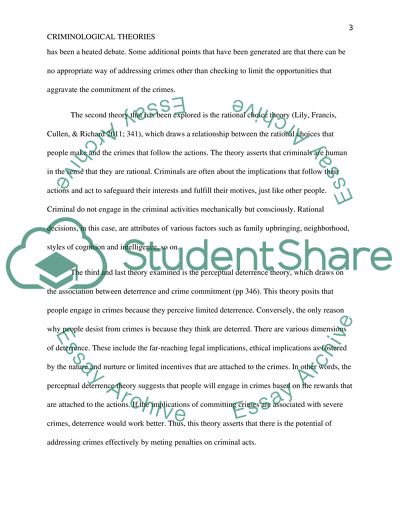Summary of a 13 Chapter of Criminological Theory - Context and Book Report/Review. Retrieved from https://studentshare.org/law/1621277-write-a-chapter-13-summary-for-my-criminal-justice-class
Summary of a 13 Chapter of Criminological Theory - Context and Book Report/Review. https://studentshare.org/law/1621277-write-a-chapter-13-summary-for-my-criminal-justice-class.


